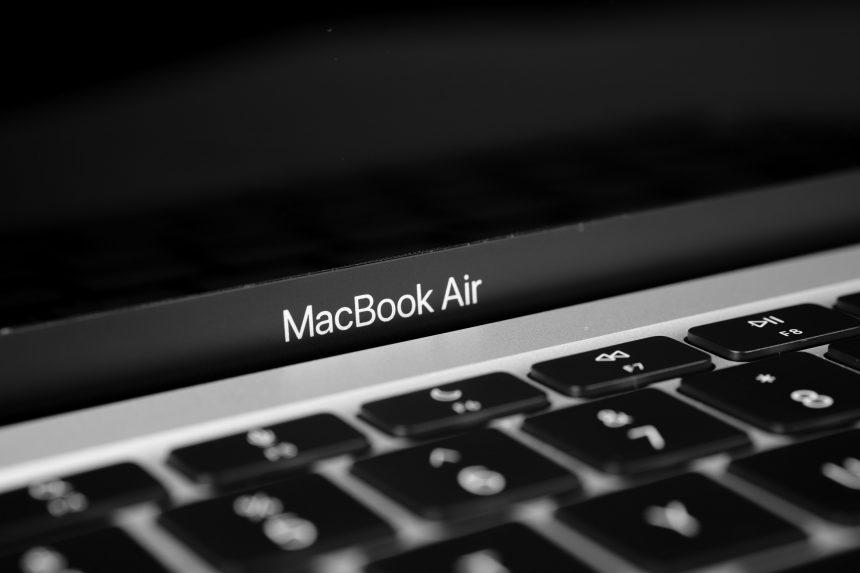Startup items, also known as login items, are applications and services that automatically launch every time you start your Mac. While some of them are essential, many sneak into startup items without notice, potentially slowing down your Mac. Removing unwanted, broken, or hidden startup items can improve your Mac’s performance and startup time.
Removing Startup Apps on MacOS
Here’s how to take control of login items on your Mac:
Using System Preferences:
- Open System Preferences.
- Navigate to General > Login Items.
- You’ll see a list of apps that launch at startup. To remove an app, select it and click the “-” (minus) sign below the list.
From the Dock:
- Find the app you want to disable in the Dock.
- Right-click (or Control-click) the app.
- Click Options and deselect Open at Login to disable it. To enable it, select Open at Login.
Using the Library Folder:
Daemons and launch agents are another type of startup item, often not visible in System Preferences. These are parts of other apps that launch at startup. Here’s how to manage them:
- Open Finder and click on Go in the top menu bar.
- Paste one of the following locations and press Return to access startup items:
/Library/StartUpItems(to manage startup items related to third-party applications)/Library/LaunchDaemons(to manage items that define how applications should work during startup)/Library/LaunchAgents(to manage items that launch during the login process)
- In these folders, you’ll find files related to various startup items. To remove an item, simply delete the file, but be cautious and ensure you know what you’re doing.
Additional Tips:
- When removing items from the Library or System folders, always double-check their purpose to avoid unintended consequences.
- Some system files are best left untouched. You can explore
/System/Library/LaunchDaemonsand/System/Library/LaunchAgents, but be cautious when deleting files in these folders. - Make sure to create backups or restore points before making major changes to your system.
- Always ensure you know what you’re removing, and if in doubt, seek expert advice.
Which Apps Should I Remove from Startup?
When deciding which apps to remove from startup on your Mac, consider the following guidelines:
Remove Apps That Don’t Improve Your User Experience
If an app launching at startup doesn’t directly enhance your user experience or isn’t essential for your daily tasks, consider removing it. This includes apps that you rarely use or don’t need right away when your Mac starts.
Keep Antimalware Software and System Utilities
Ensure that any apps related to your Mac’s security and maintenance remain in the startup items. Reliable antimalware software, system utilities, and backup solutions may need to launch at startup to protect your system and data.
Evaluate Resource-Intensive Apps
Apps that consume a significant amount of system resources can slow down your Mac. If an app is resource-intensive and you don’t need it right away, consider removing it from startup. You can launch these apps manually when you actually require them.
Assess Productivity Apps
Productivity apps, such as email clients, calendar applications, and task managers, can be useful as startup items if they help you stay organized and productive. However, if you rarely use them or prefer to open them when needed, you can remove them from startup.
Consider Apps With Update Schedules
Some apps might automatically check for updates at startup, potentially slowing down your Mac’s boot time. If you find this behavior annoying and unnecessary, consider removing such apps from startup and manually update them when needed.
Review Apps’ Startup Behavior
Some apps may offer preferences or settings related to their startup behavior. Review these settings and determine if there are options to prevent the app from launching at startup.
Remember that you can always launch apps manually when you need them, even if they are not included in the startup items. Regularly reviewing and optimizing your Mac’s startup items can help maintain its performance and responsiveness. It’s a good practice to periodically assess which apps are essential to launch at startup and which can be started manually to improve your overall user experience.
By managing your startup items, you can improve your Mac’s performance and prevent unwanted applications from slowing down your system. Regularly reviewing and optimizing your startup items is a good practice to maintain a smooth and efficient Mac experience.





